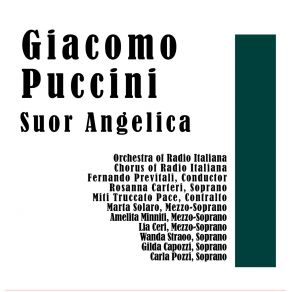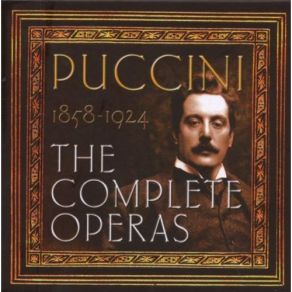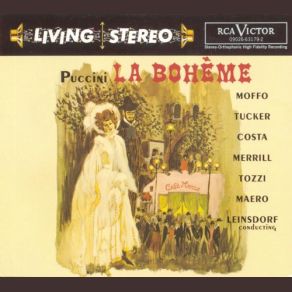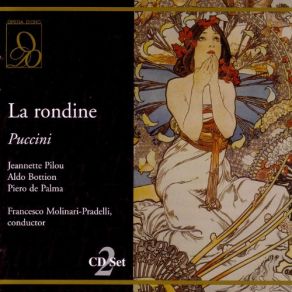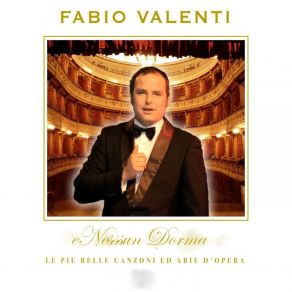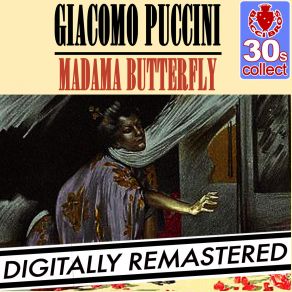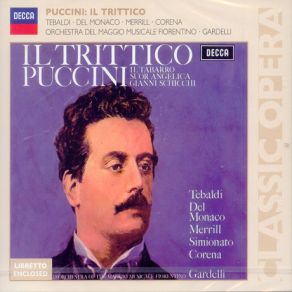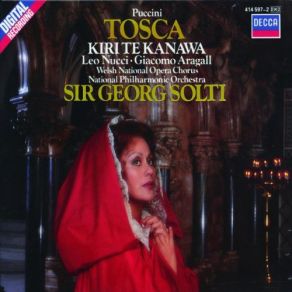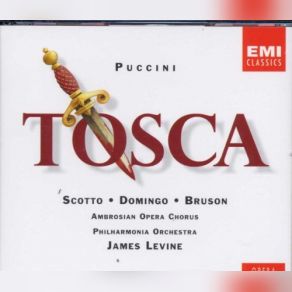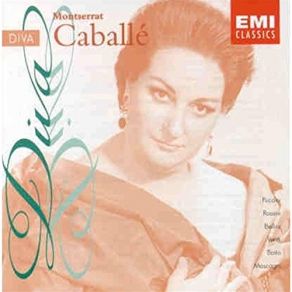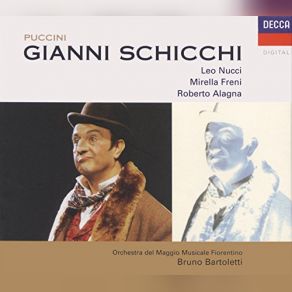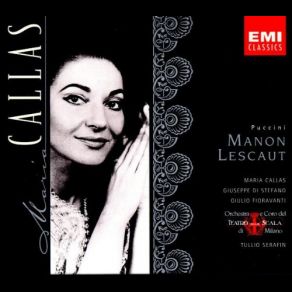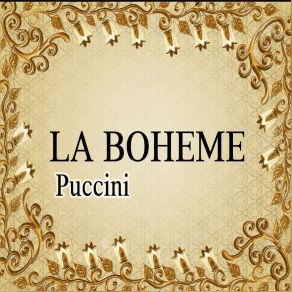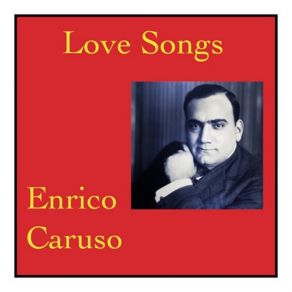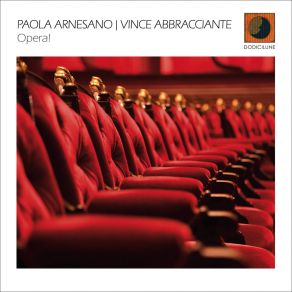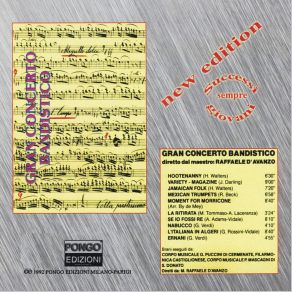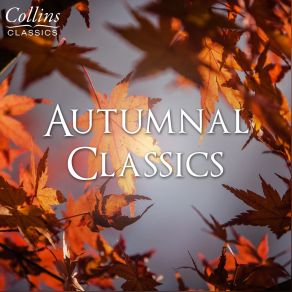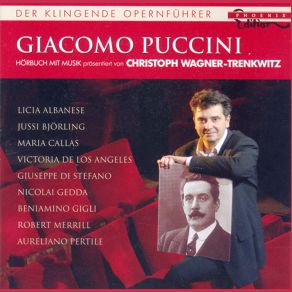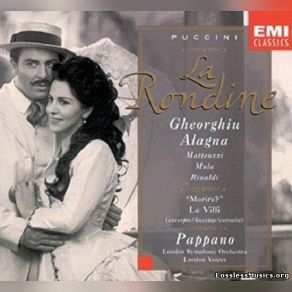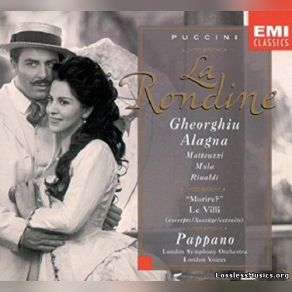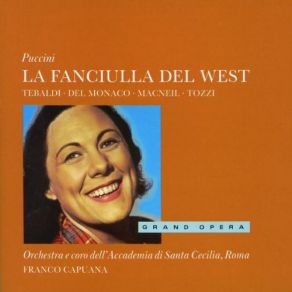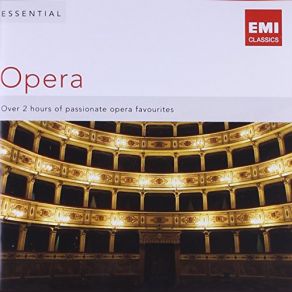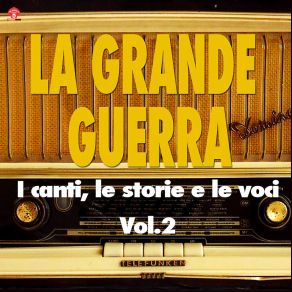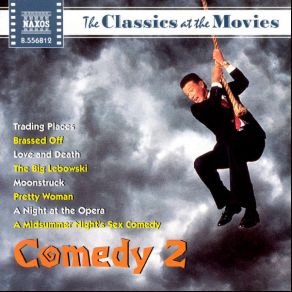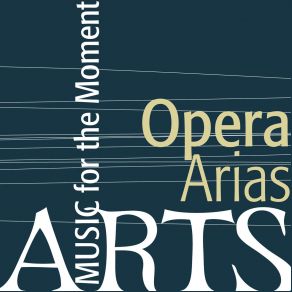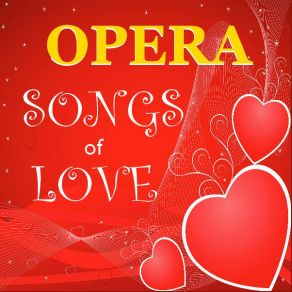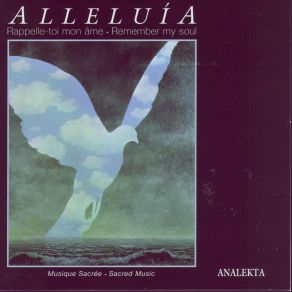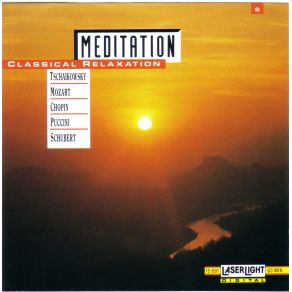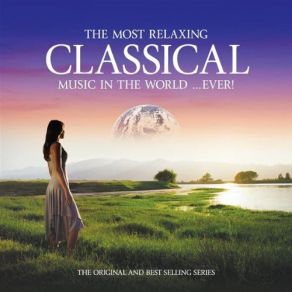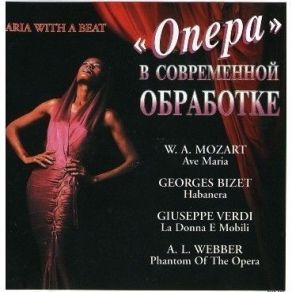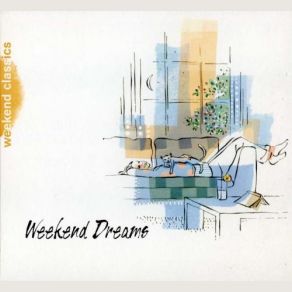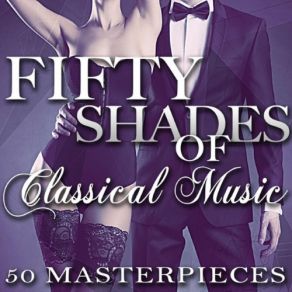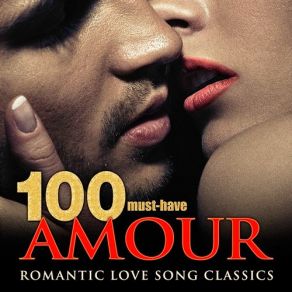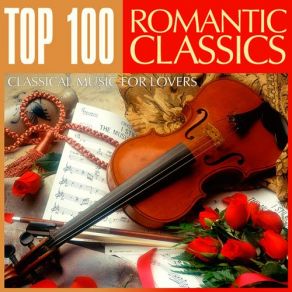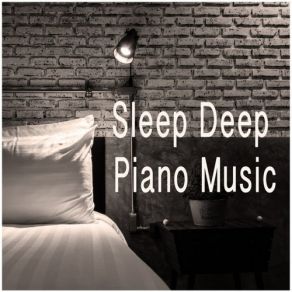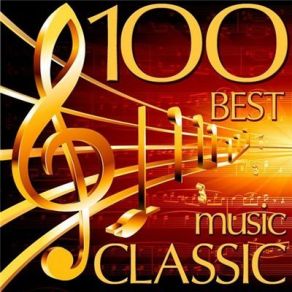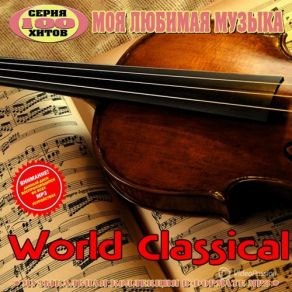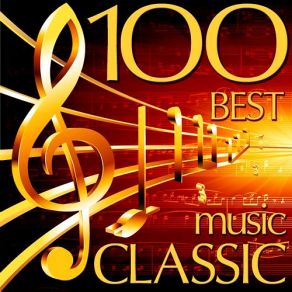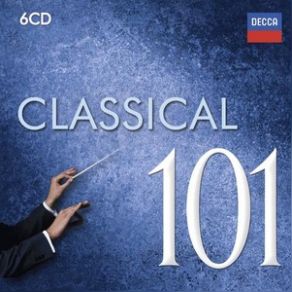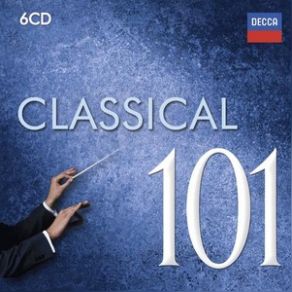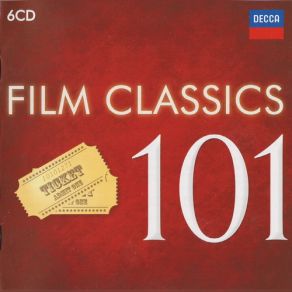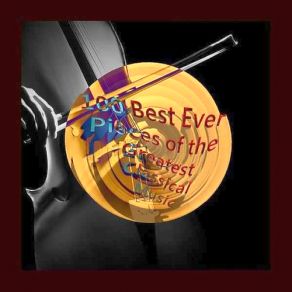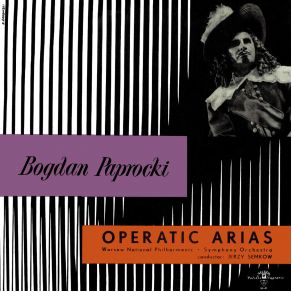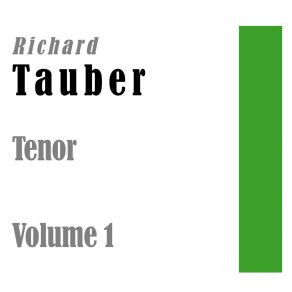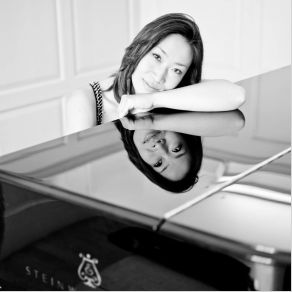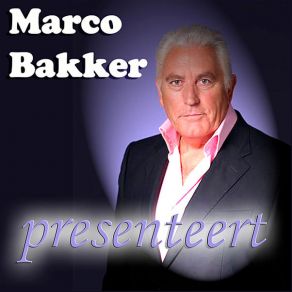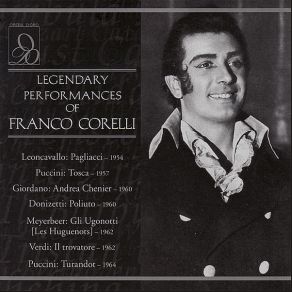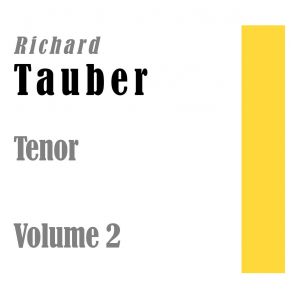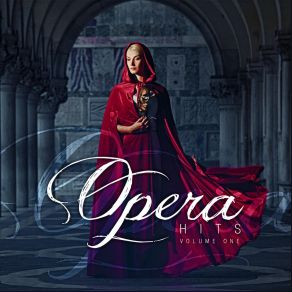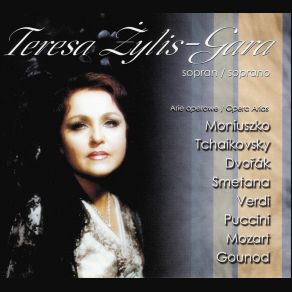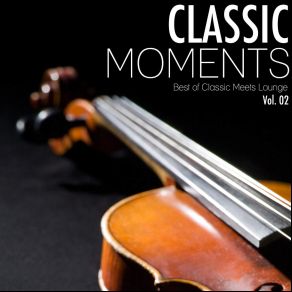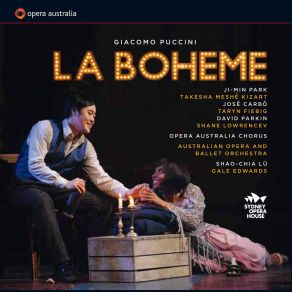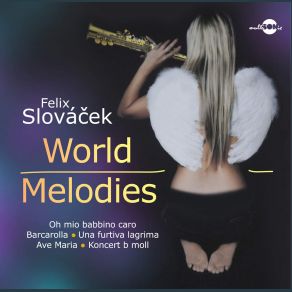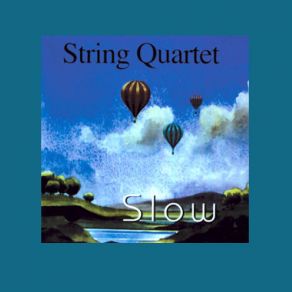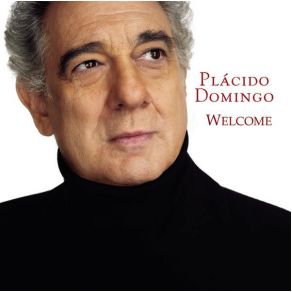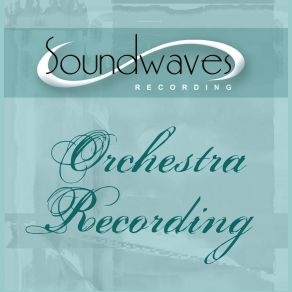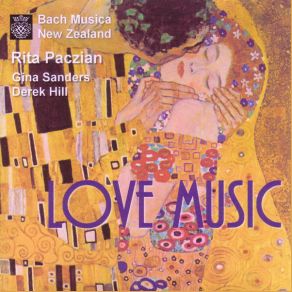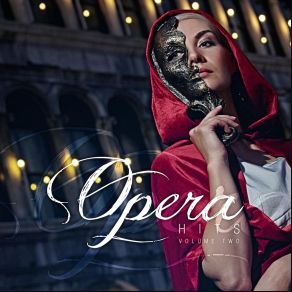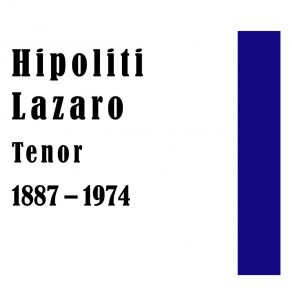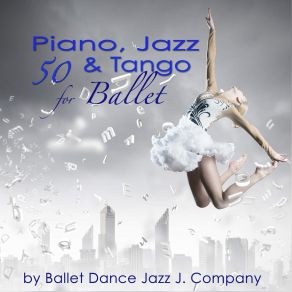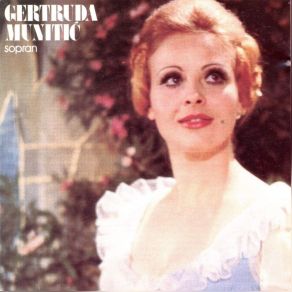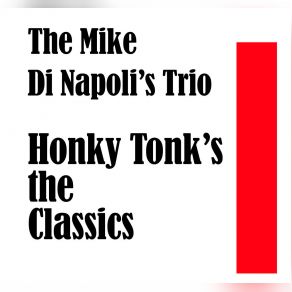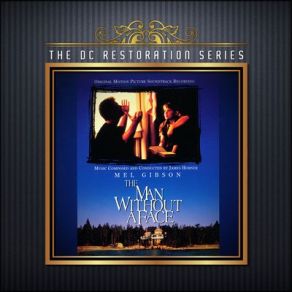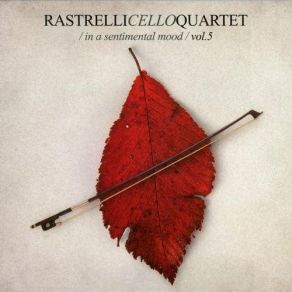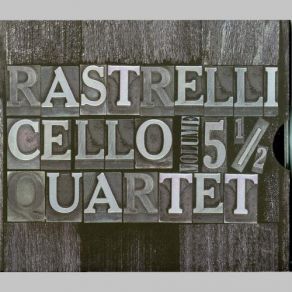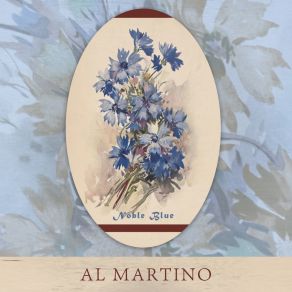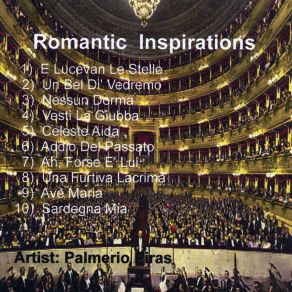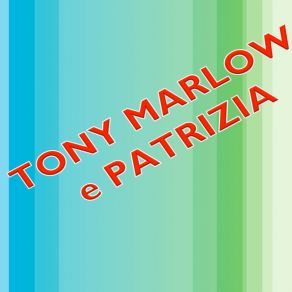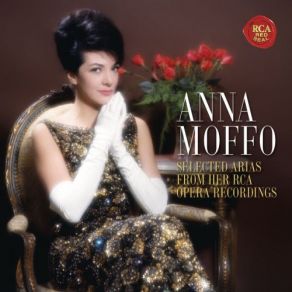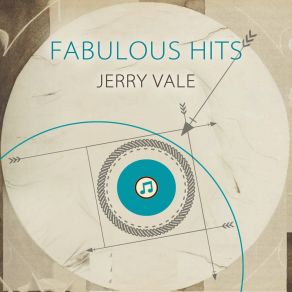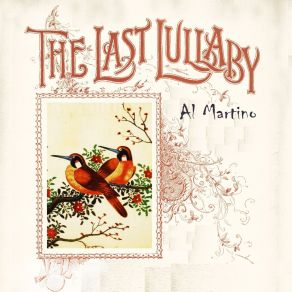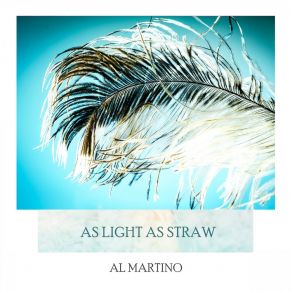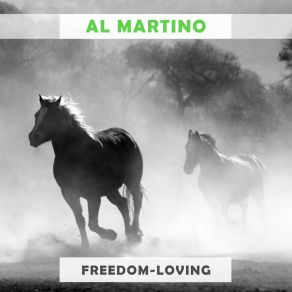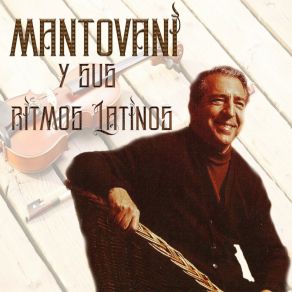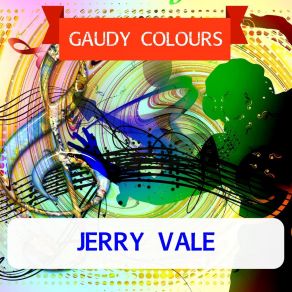Giacomo Puccini
Wikimp3 information about the music of Giacomo Puccini. On our website we have 54 albums and 40 collections of artist Giacomo Puccini. You can find useful information and download songs of this artist.
Biography
[Edit]The last of the great line of Italian repertoire opera composers was fully named Giacomo Antonio Domenico Michele Secondo Maria Puccini (II), of a line of composers who had long been active in Lucca, Italy. When his father, organist and choirmaster of the San Martino church there, died, Giacomo was only five years old, yet the city father voted his uncle Fortunato Magi should hold the post until Giacomo was old enough to take it over, in order to maintain the line of Puccini musicians presiding there which went back to Giacomo Puccini (I) having received that appointment in 1739. Young Puccini began his career as organist there when he was 14. He was solidly trained as a composer and inventive as an improviser, occasionally surprising the congregation by incorporating local folk tunes or tunes from Verdi operas into his playing. By the time he was 18, he had been inspired by a performance of Aida in deciding to aim for an operatic career.
In 1880 he was able to enter Milan Conservatory on a queen's scholarship for talented but poor students, with an uncle helping make up the difference. He also supported himself with odd musical jobs while living a day-to-day life like that of the young artists in his opera La Boheme. From his church years through the conservatory he composed several vocal and instrumental compositions as well as church music.
In 1882 the publishing house of Sonzogno initiated a contest for one-act operas. Puccini quickly developed a plot for an opera called Le villi, based on the German supernatural tales that was the source of Adam's ballet Giselle. The fledgling composer's opera did not even rate a mention in Sonzogno's list of winners when they were announced in 1884. But a more perceptive publisher, Giulio Ricordi, happened to be present at a party when Puccini played through and sang the opera at the piano. With the encouragement of Ricordi and composer/librettist Arrigo Boito it was staged the same year and published by Ricordi after Puccini revised it and extended it to two-act form. His next opera, named Edgar, was on a text that was not compatible with Puccini's talents; it took him five years to write and was a flop. Puccini called the whole project a "blunder." At the same time, Puccini began an affair with Elvira Gemignani, wife of a wholesale merchant from Lucca. She bore him a son in 1886, and eventually married the composer in 1904, after the death of her husband.
Puccini chose the text of his next opera, based on Abbe Prevost's novel Manon. Massenet had scored an international success with this story in his own 1884 opera. Puccini's effort, called Manon Lescaut to avoid confusion with the Massenet work, premiered in 1893 and of all his operas enjoyed the greatest immediate success. While working on it, Puccini bought a house at Torre del Lago on Lake Massaciuccoli and lived there until 1921 with his family. After Manon Lescaut's premiere, George Bernard Shaw accurately predicted that Puccini would be Verdi's heir on the opera stage.
Puccini was a natural musical dramatist with a flair for emotionally over-wrought situations. It is said that he was particularly attracted to plays in foreign languages with enough simplicity and directness to them that he could follow the story without understanding a word. Although he is beloved by opera fans for his wonderful flow of melody and his rich orchestral and harmonic effects, most fans agree that his operas do not aim for nor attain the subtlety and greatness of Verdi's finest works.
Puccini learned that his contemporary, the composer Leoncavallo, was planning to write an opera on the subject of Henri Murger's novel Scenes de la vie de Boheme, and decided that he was also attracted to this story of young struggling artists in Paris. He had a lunch with Leoncavallo at a Milan cafe and casually mentioned his intention to write an opera on La Boheme. Leoncavallo heatedly replied that he was also doing so, and when Puccini asked him to withdraw, refused to do so. "Very well, then, there will be two La Bohemes," responded Puccini. And there were two. Puccini worked fast and staged his on February 1, 1896 in Turin. Leoncavallo's appeared in May 1897 in Venice.
Leoncavallo may have been reassured when his rival's Boheme received poor audience response and lukewarm critical reception. The intimate scale of the opera was evidently the reason. Opera audiences were inclined to expect spectacle and dramas often involving historical events as a background. Except for the bustling Christmas street scene of Act 2, the story takes place in the settings of a garret and an inn, with the loves and everyday tragedies of some appealing young artists being the subject. The high spirits of the first two acts were reminiscent of operetta; the audience was unprepared for the turn into melodrama in Act 3. Furthermore, Puccini had used elements of French Impressionism in his harmonies and orchestration. But a couple of months later it received a huge ovation in Palermo, conquered London early in 1897, and began receiving many performances thereafter. (Leoncavallo's opera, meanwhile, had a solid success initially, but proved unable to compete with Puccini's. Still, it is respected and occasionally played and recorded. Leoncavallo expressed hatred for Puccini for the rest of his life.)
Puccini's next opera, Tosca, (1900) was an essay into the lurid genre of "verismo" opera; despite rumors circulated by Puccini's jealous rivals that a bomb might be thrown at the premiere, it was a resounding success in Rome but critics had reservations about the sadism and cruelty of the text. Madama Butterfly followed in 1904. This American text about the seduction and betrayal of a faithful geisha was initially a complete fiasco, with whistles, jeers, and insulting remarks coming from the audience. It appears that this was the result of a claque formed by Puccini's rivals. The audience disliked the length of the second of its two acts, and were unprepared for the novel harmonic devices Puccini continued to import from Debussy. Puccini withdrew it after the initial performance and skilfully revised it, breaking its lengthy second act into two separate acts. Its new version was a strong success in 1905 in Brescia.
As mentioned above, Puccini married his mistress Elvira in 1904. She proved to be hyper-jealous and the marriage degenerated into a disaster when she began accusing their serving-girl Doria Manfredi of having an affair with her husband. She refused to believe their protestations of innocence, and ultimatly hounded the poor girl into suicide in 1909. Her family sued Elvira and won a judgment against her when the girl's autopsy showed she was a virgin. The case provoked a huge public sensation. All this sent Puccini into a severe depression during which he was unable to compose. He was also seeking a story with more action and a strong heroine, which he ultimately found in another American play by the author of Madam Butterfly, namely Girl of the Golden West. It received an enthusiastic premiere at the Metropolitan in 1910. However, there is too much story. Plot developments abound, requiring long stretches of "parlando" ("conversational") melodies, rather than the rich lyricism which was Puccini's greatest strength. And when the lyrical moments arrive, they curiously fail to soar. The opera, when sung and acted with skill and well-staged, can make a strong positive effect, but it has never been taken to the hearts of opera fans.
Giulio Ricordi, Puccini's publisher, died in 1912. Puccini did not get along as well with Giulio's heir, Tito Ricordi, and accepted a commission from Vienna to write some numbers for an operetta project. In the meantime, he embarked composition of Il tabarro, the first of a set of three one-act operas he entitled Il trittico ("The triptych") in the tradition of the French Grand Guignole: a horrific tale, a sentimental tragedy, and a comedy or farce. World War I broke out in 1914; Italy's joining the Allied side prevented the Viennese project from continuing. To salvage what he had written, he had the operetta's play turned into a regular opera libretto, and composed an opera, La Rondine ("The Swallow") on it. It retained, however, the lightness of operetta. While it was successfully given at its 1917 premiere in Monte Carlo, critics and audience alike have not warmed to this slender reed of an opera, despite its pretty waltz music and a couple of popular arias, "Che il bel sogno di Doretto" and "Ora dolci e divina."
The three operas of Il trittico were completed in 1918 and the whole set was premiered at New York's Met in December of that year, with considerable success. The concluding opera, Gianni Schicchi quickly became the most popular part, and, to Puccini's displeasure, soon began receiving performances on its own, or as part of a double bill with some other composer's one-acter. All three parts are well-regarded by the public and by critics and stagings of the whole set are not uncommon.
At this time Puccini wished to expand his theatrical scope to the kind of pageantry and spectacle which is common in opera but rare in his works, and at the same time attempt a setting in a legendary or fairy tale setting. He also wanted to expand his harmonic and orchestral pallette. After a considerable search for suitable subject, he embraced Carlo Gozzi's classic commedia del'arte fable, Turandot, set in legendary China. Fashioning it into an acceptable libretto was an even more difficult job that usual (Puccini was always very demanding in having his texts prepared), and work on the opera was further delayed when in 1921 Puccini moved from his lakeside home after the opening of a peat factory in his neighborhood made life there impossible for him. While working on the opera, he developed throat pains, which were ultimately diagnosed as cancer. He was given heavy radiation treatment in autumn of 1924, but, weakened by the illness and the effects of the radiation, he died on November 29, 1924, leaving the final scene of Turandot unfinished. Franco Alfano composed a successful conclusion to the opera.
Puccini's death was declared an occasion of national mourning; Mussolini himself gave the funeral oration. Puccini's remains were temporarily interred at the Toscanini family tomb, and two years later permanently buried at Torre del Lago. ~ Joe Stevenson
WORKS OF PUCCINI
COMPLETE OPERAS:
Le Villi (1884)
Edgar (versions of 1889, 1905, & 1905)
Manon Lescaut (1893)
La boheme (1896)
Tosca (1900)
Madama Butterfly (1904, with revisions that year)
La fanciulla del West (1910)
La rondine (1917)
Il Trittico (1918)
Turandot (completed 1926 by Alfano)
NOTABLE OTHER WORKS:
Preludio sinfonico (1876)
Mass (1880)
Capriccio sinfonico (1883)
Crisantemi, for string quartet (1890), Rovi
Title: Immortal Soprano Arias From Operas By Giacomo Puccini (Pia Brodnik)
Artist: Vissi Darte, Giacomo Puccini
Genre: Opera
Title: Viva Italia! (Live)
Artist: Giuseppe Verdi, Gioacchino Rossini, Giacomo Puccini, Pietro Mascagni, Eduardo Capua, Butler Philharmonic
Genre: Classical
Title: La Bohème (Remastered) / La Boheme (Remastered)
Artist: Giacomo Puccini, Gabriele Santini
Genre: Opera
Title: Autumnal Classics
Artist: Antonio Vivaldi, Franz Schubert, Benjamin Britten, Gustav Holst, Modest Mussorgsky, Bedřich Smetana / Bedrich Smetana, The London Philharmonic Orchestra, Johann Sebastian Bach, Prokofiev, Sergei Sergeevich, Johannes Brahms, Igor Oistrach, Richard Strauss, Giacomo Puccini, Victoria De Los Ángeles / Victoria De Los Angeles, Consort Of London, Geoffrey Parsons, Niccolò Paganini / Niccolo Paganini, Welsh National Opera Orchestra, Dennis O'Neill, Philharmonia Orchestra, Wallace Collection, Talich Quartet, Trio Zingara, London Symphony Orchestra, Natalia Zertslova
Title: Great Classical Hits
Artist: Erik Satie, Antonio Vivaldi, Ludwig Van Beethoven, Richard Wagner, Giuseppe Verdi, Claude Debussy, Wolfgang Amadeus Mozart, Edvard Grieg, Camille Saint - Saëns / Camille Saint - Saens, Frédéric Chopin / Frederic Chopin, Johann Sebastian Bach, Johannes Brahms, Joseph Haydn, Fritz Kreisler, Giacomo Puccini, Maurice Ravel, Gabriel Fauré / Gabriel Faure, Johann Strauss II, Pyotr Ilyich Tchaikovsky
Genre: Classical
Collections
Title: La Grande Guerra (i canti, le storie e le voci) Vol.2
Genre: World Music, Folk
Title: The Classics At the Movies Comedy 2
Genre: Theatre/Soundtrack
Title: Music For The Moment: Opera Arias
Genre:
Title: Opera - Songs of Love
Genre: Opera
Title: The World's Best Operatic Arias
Genre: Opera
Title: Giacomo Puccini: La Sua Voce
Genre: Opera
Title: Placido Domingo Katia Ricciarelli Great Love Duets
Genre: Classical
Title: Meditation - Classical Relaxation Vol. 10
Genre: Classical
Title: Absolute Opera (Disc 1)
Title: 100 Film Classics (CD3)
Genre: Electronica, Soul, Jazz, Latin, Pop, Theatre/Soundtrack
Title: Switched On Opera - Aria With A Beat 1
Genre: Opera
Title: Weekend Classics - Weekend Dreams
Genre: Classical
Title: Kuschel Klassik 13 (CD2)
Genre: Classical
Title: Chefs-D'oeuvres De La Musique Sacree (CD5)
Genre: Orchestral, Classical, Orchestral
Title: Calm Classical Piano
Genre: Classical
Title: Best Classics 100, Volume 2
Genre: Classical
Title: 100 Best Adagio Voices
Genre: Classical
Title: 100 Best Opera Classics
Genre: Classical
Title: In Classical Mood: Echoes Of The Past
Genre: Classical
Title: In Classical Mood: Music For A Summer's Evening
Genre: Classical
Title: In Classical Mood: The Magic Of Italy
Genre: Classical
Title: In Classical Mood: Passion
Genre: Classical
Title: Classical Chillout Gold
Title: Sleep Deep Piano Music
Genre: Downtempo, Chill Out, Instrumental, Instrumental
Title: 100 Best Classic Music (CD2)
Genre: Classical
Title: World Classical 2016 (CD2)
Genre: Instrumental, Classical
Title: 100 Best Classic Music (CD2)
Genre: Orchestral, Opera, Symphonic, Ballet, Orchestral
Title: 101 Classical (CD1)
Title: 101 Classical (CD5)
Title: 101 Film Classics 2016 (CD4)
Genre: Theatre/Soundtrack
Title: 111 Years Of Deutsche Grammophon (CD1)
Genre: Classical
Title: The Sound Of Calm
Genre: Classical
Featuring albums
Title: Puccini: La Bohème / Puccini: La Boheme
Artist: Alexander Rahbari, Miriam Gauci, Vicente Sardinero, Giacomo Aragall, Flemish Radio Orchestra, Brussels
Genre: Opera
Title: Classic Moments, Vol. 2 (Best of Classic Meets Lounge)
Artist: The Classic Moments Orchestra
Genre: World Music
Title: World Melodies
Artist: Felix Slovacek, Vladimír Popelka / Vladimir Popelka, Golden Strings
Genre:
Title: Plácido Domingo - Welcome (World Cup EP) / Placido Domingo - Welcome (World Cup EP)
Artist: Plácido Domingo / Placido Domingo, New Philharmonia Orchestra, London Symphony Orchestra And Chorus, RSO Saarbrücken / RSO Saarbrucken, Chor Des Saarländischen Staatstheaters / Chor Des Saarlandischen Staatstheaters
Genre: Opera
Title: Puccini: Tosca
Artist: Orchestra Sinfonica Di Torino Della RAI, Arturo Basile

